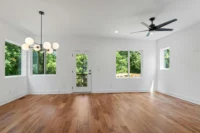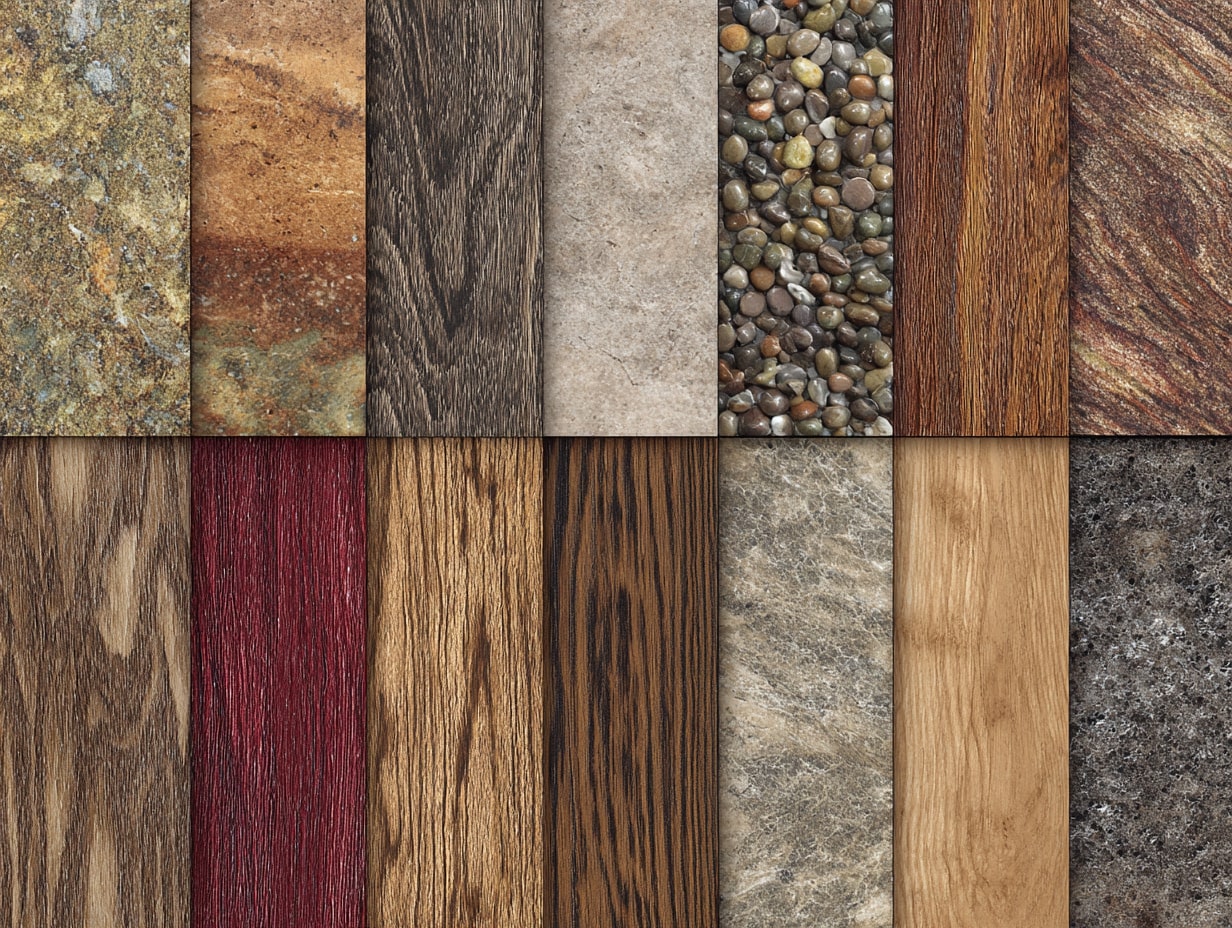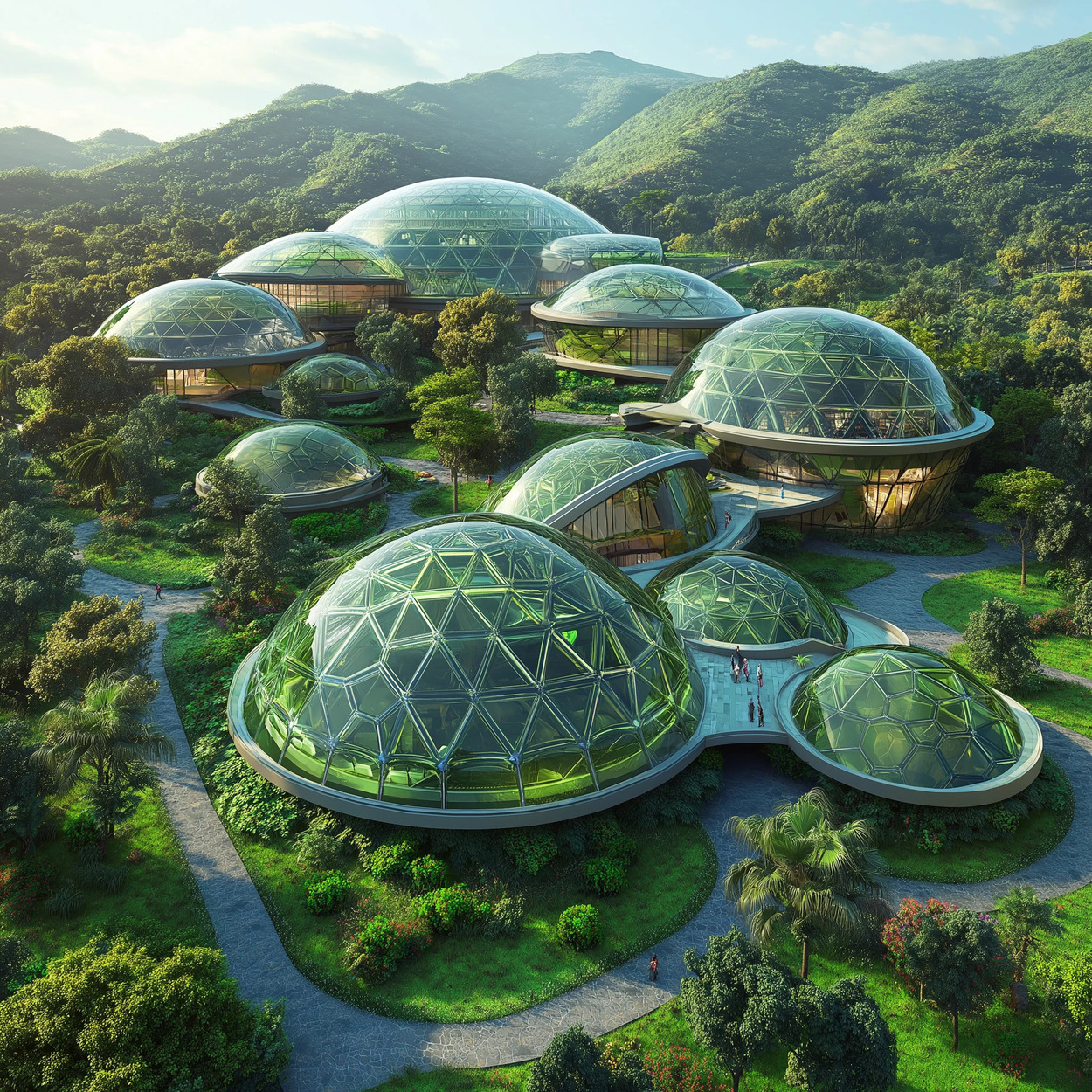- Home
- Articles
- Architectural Portfolio
- Architectral Presentation
- Inspirational Stories
- Architecture News
- Visualization
- BIM Industry
- Facade Design
- Parametric Design
- Career
- Landscape Architecture
- Construction
- Artificial Intelligence
- Sketching
- Design Softwares
- Diagrams
- Writing
- Architectural Tips
- Sustainability
- Courses
- Concept
- Technology
- History & Heritage
- Future of Architecture
- Guides & How-To
- Art & Culture
- Projects
- Interior Design
- Competitions
- Jobs
- Store
- Tools
- More
- Home
- Articles
- Architectural Portfolio
- Architectral Presentation
- Inspirational Stories
- Architecture News
- Visualization
- BIM Industry
- Facade Design
- Parametric Design
- Career
- Landscape Architecture
- Construction
- Artificial Intelligence
- Sketching
- Design Softwares
- Diagrams
- Writing
- Architectural Tips
- Sustainability
- Courses
- Concept
- Technology
- History & Heritage
- Future of Architecture
- Guides & How-To
- Art & Culture
- Projects
- Interior Design
- Competitions
- Jobs
- Store
- Tools
- More
How 3D Printed Architecture is Revolutionizing Sustainable Urban Development

Imagine a world where homes rise from the ground in mere days, crafted from local materials and designed with precision. This isn’t a distant sci-fi dream—it’s the reality of 3D-printed architecture. In recent years, innovative projects like the Tecla house in Italy and the zero-net-energy homes in California have showcased the potential of 3D printing to revolutionize construction.
We’re witnessing a transformation in how we think about building. By utilizing locally sourced materials like clay and advanced prefabricated panels, these projects not only reduce carbon footprints but also promise faster, more efficient construction. As we explore these groundbreaking developments, it becomes clear that 3D-printed architecture isn’t just a trend—it’s the future of sustainable living.

Table of Contents
ToggleEvolution of 3D Printed Architecture
Historical Context and Breakthroughs
3D printed architecture has come a long way since its inception. The initial experiments focused on small-scale models and prototypes. In 2004, Professor Behrokh Khoshnevis developed a process called Contour Crafting, which laid the groundwork for large-scale 3D printed structures. The first notable breakthrough came in 2014 when a Chinese company constructed ten houses in just 24 hours using a giant 3D printer. These early projects aimed to demonstrate the feasibility and potential of this groundbreaking technology.
Current Trends and Innovations
Today, 3D printed architecture is pushing the boundaries of what’s possible in construction. Advances in material science allow for the use of diverse materials such as concrete, clay, and recycled plastics. Modern 3D printing technologies enable the creation of complex geometries and custom designs that are not possible with traditional construction methods. For instance, companies are now printing entire residential homes, commercial buildings, and even bridges.
A key trend is the focus on sustainability. Many 3D printed buildings use eco-friendly materials and aim to reduce waste. Another trend is the use of automation and AI in the design and construction processes. This not only speeds up production but also enhances precision and reduces labor costs. Initiatives like building zero-net-energy homes demonstrate the strides made toward sustainable and efficient construction methods.
3D printing in architecture also contributes to disaster relief and affordable housing. Rapid construction turnaround and cost efficiency make it ideal for creating shelters in disaster-stricken areas. Projects such as 3D printed communities for low-income families are also gaining traction, showcasing the technology’s potential for social impact.
Overall, the evolution of 3D printed architecture signifies a transformative shift in how we approach building structures. By embracing these advancements, we can look forward to a future where construction is faster, more sustainable, and increasingly innovative.

Advantages of 3D Printing in Architecture
Speed and Efficiency in Construction
3D printing accelerates construction timelines significantly. Traditional construction methods involve multiple steps, from manual labor to material assembly, extending project durations. Using 3D printing, architects create precise models digitally, which machines then construct layer by layer, reducing assembly time drastically. For instance, Lake Flato’s House Zero in Austin, Texas, demonstrated how 3D-printed concrete walls streamline construction, creating a 2,000-square-foot house quickly. This method reduces project durations to days instead of months, enhancing overall efficiency.
Sustainability and Waste Reduction
3D printing in architecture promotes sustainability through efficient resource utilization. Conventional construction often results in substantial material waste due to measurement errors and excess ordering. In contrast, 3D printing uses materials precisely, minimizing waste. Architects optimize designs digitally, ensuring only necessary materials are used. Additionally, 3D printing allows for the use of eco-friendly materials like recycled plastics and sustainable concrete mixes, further reducing environmental impact. The ability to print complex, weight-reducing geometric forms also conserves materials, highlighting 3D printing’s role in promoting sustainable building practices.
Challenges and Limitations
Technical and Material Constraints
3D printing in architecture faces technical and material constraints, impacting widespread adoption. One major challenge is the limited range of materials compatible with 3D printing. While concrete, polymers, and some metals are in use, they lack the versatility of traditional materials like brick, wood, and glass. Structural integrity can also be a concern, particularly for large-scale projects. As 3D-printed structures often involve layering material, ensuring proper bonding between layers is crucial. Weak bonding could compromise the building’s strength and durability.
Another issue is the precision and scale of 3D printers. Although the technology is advancing, most printers can’t yet produce large-scale components with high accuracy. This limitation necessitates the assembly of smaller parts, which can be time-consuming and less efficient. Furthermore, the speed of 3D printing, while faster than some traditional methods, is still not efficient enough for all types of construction projects.
Regulatory and Safety Issues
Regulatory and safety issues present significant challenges to the adoption of 3D-printed architecture. Building codes and standards are traditionally based on conventional construction methods. As a result, 3D-printed structures often fall into regulatory gray areas. Governments and regulatory bodies need to update their codes to accommodate new construction technologies, which can be a slow process.
Safety is another major concern. Ensuring that 3D-printed buildings meet fire safety standards, structural integrity requirements, and other safety regulations is crucial. Traditional safety inspections may not be adequate for these novel structures, necessitating new testing methods and criteria. Additionally, there is an ongoing need for rigorous quality control in the 3D printing process to ensure that every layer and material used in construction meets safety standards.

Case Studies of 3D Printed Buildings
Residential Projects
One significant example is the Yhnova House in Nantes, France. Using BatiPrint3D technology, this project completed in 2018 features a 95m² structure designed for social housing. The project was realized using a 3D printer mounted on a robotic arm to extrude layers of concrete mixture, achieving a build time of just 54 hours. This approach minimized waste and reduced on-site labor costs.
Another notable project is ICON’s House Zero in the United States. This 2,000 square foot home in Austin, Texas, was printed using the Vulcan II printer. ICON’s use of concrete-based material, Lavacrete, ensures durability and energy efficiency. The project demonstrates how 3D printing can produce structurally sound and aesthetically pleasing homes at a fraction of traditional building costs.
Commercial and Public Structures
In Dubai, the Office of the Future stands out as a landmark in 3D-printed architecture. Completed in 2016, this 2,700 square foot office building showcases a blend of innovation and pragmatism. The unique curvilinear design took just 17 days to print and under two months to assemble, significantly reducing construction time and costs. The project set a precedent for future commercial applications of 3D printing.
Another impressive case is the First 3D-Printed Bridge in Madrid, Spain. Made from micro-reinforced concrete, this pedestrian bridge spans 12 meters and was printed layer by layer. Completed in 2016, the structure highlights the potential of 3D printing in public infrastructure projects, offering an efficient, cost-effective solution for urban development.
Through these case studies, we see 3D printing’s transformative impact on both residential and commercial architecture. The technology’s ability to reduce waste, cut construction times, and offer innovative design solutions suggests a promising future for the built environment.
Future of 3D Printed Architecture
Technological Advancements on the Horizon
Emerging technologies in 3D-printed architecture promise groundbreaking advances. Innovations like multi-material printing and large-scale robotic arms can revolutionize the construction process. For example, researchers are developing bio-based materials, enhancing sustainability. Furthermore, integrating Internet of Things (IoT) devices with 3D printing equipment optimizes real-time monitoring, improving precision and efficiency. AI-driven design tools streamline complex architectural projects, reducing the margin for error and expediting timelines. As these technological advancements evolve, we foresee a transformative shift in the industry.
Potential Impact on Urban Planning
3D-printed architecture offers compelling possibilities for urban development. This technology enables rapid construction of affordable housing, addressing urban population growth and housing shortages effectively. Governments and city planners might integrate 3D-printed structures into master plans, developing resilient and sustainable urban environments. Green spaces and public infrastructure can benefit from customizable, eco-friendly designs, enhancing community living standards. Moreover, the adaptability of 3D printing aids disaster recovery efforts, enabling quick replacement of damaged structures. By incorporating 3D printing into urban planning, cities can become more resilient and inclusive.

Conclusion
3D-printed architecture represents a transformative shift in the construction industry, driven by evolving technologies and innovative methodologies. Case studies have shown reduced construction times and material costs, highlighting efficiency and sustainability.
Essential advancements like multi-material printing enable the creation of complex structures with varying properties. Innovations such as robotic arms enhance precision and speed, making large-scale projects feasible. Bio-based materials address environmental concerns by providing eco-friendly alternatives to traditional construction materials.
Integration of IoT for real-time monitoring helps maintain construction integrity, allowing for swift adjustments when needed. AI-driven design tools significantly streamline planning by optimizing layouts and improving aesthetic appeal.
In urban planning, 3D-printed architecture has the potential to solve housing crises and support disaster recovery efforts. Rapid construction techniques can quickly provide homes in areas affected by natural disasters, ensuring timely relief for affected communities. Furthermore, the technology fosters sustainable development, promoting resource efficiency, and reducing waste, contributing to more environmentally conscious urban landscapes.
Overall, these advancements signal a future where 3D-printed architecture not only meets practical needs but enhances our ability to create resilient, inclusive, and aesthetically pleasing urban environments.
- 3D Printed Buildings
- 3D printing in sustainable design
- additive manufacturing in architecture
- Eco-friendly construction techniques
- Environmental impact of 3D printing
- Future of urban planning
- Green building strategies
- Innovative construction technologies
- sustainable architecture
- sustainable urban development
- Urban development and 3D printing
A licensed architect with hands-on studio experience, I translate complex design ideas into clear, engaging stories for a global audience. As a seasoned content writer and editor, I craft articles, project features, and thought-leadership pieces that illuminate emerging technologies, sustainable practices, and cutting-edge design trends—always with an architect’s eye for detail, accuracy, and narrative flow. My goal is to bridge practice and publication, giving fellow professionals and curious readers alike the insight and inspiration they need to push architectural boundaries.
Submit your architectural projects
Follow these steps for submission your project. Submission FormLatest Posts
Green Architecture Explained: Designing for a Resilient Tomorrow
Green architecture explained through resilience: practical ways to cut carbon, improve health,...
Top Sustainable Surface Materials Every Designer Should Know
Explore sustainable surface materials with a designer-ready scorecard: carbon, toxins, durability, circularity,...
Eco-Friendly Floor Coverings: Smart Choices for a Greener Home
Eco-friendly floor coverings made simple: discover sustainable materials, trusted certifications, and room-by-room...
What are Biodomes?
Biodomes are transforming architecture by blending ecological science with advanced design to...












Leave a comment